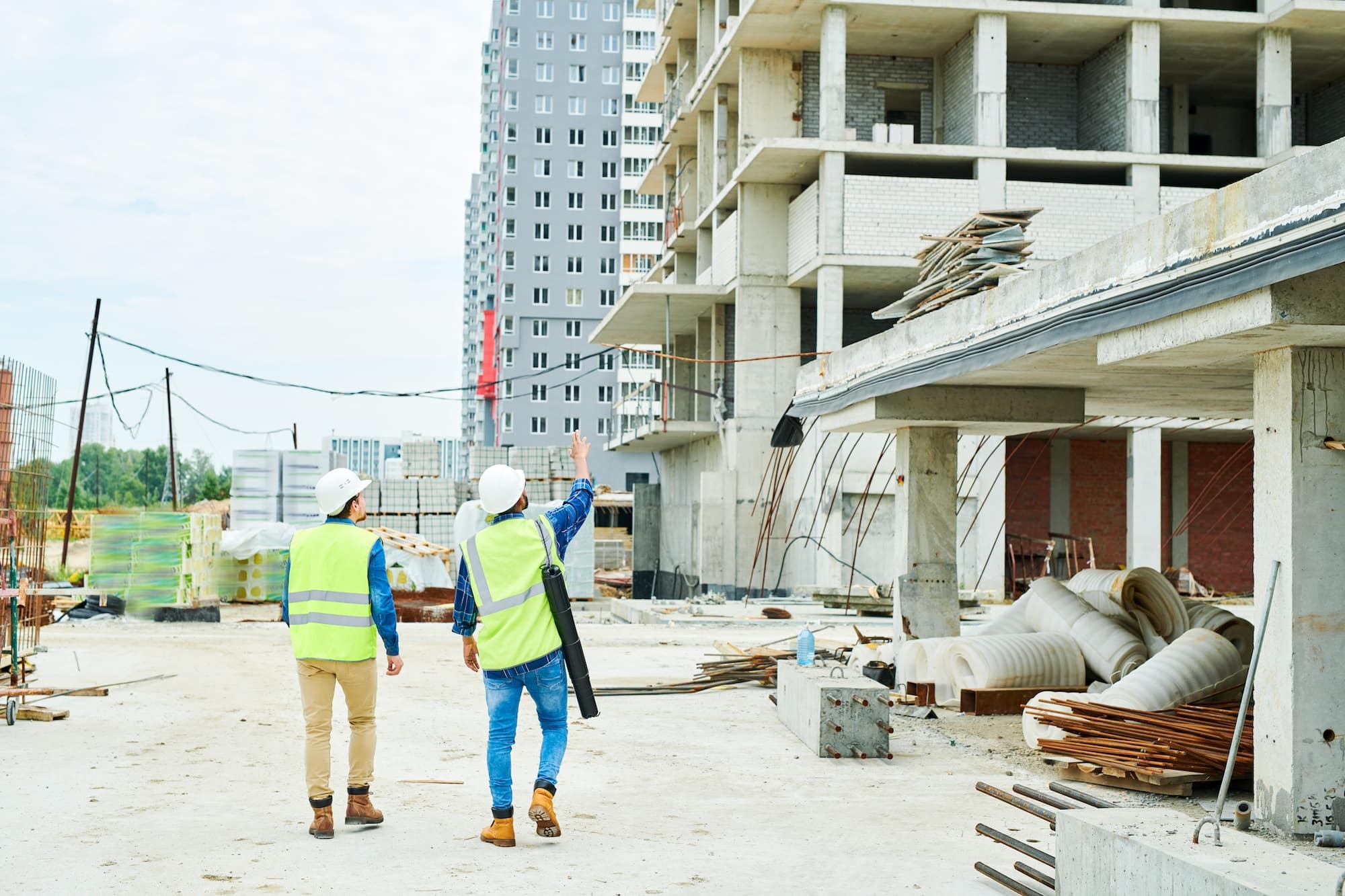Around this time every year, states across the U.S. start bracing themselves for winter and frigid temperatures. And with that shift comes a focus on frozen pipe prevention.
Most of us have heard stories at one point or another of the damaging effects frozen pipes have had on a home or commercial space. One of the most common reasons for this costly water damage — just one inch of water can result in $25,000 in damage — is the exposure of pipes to extreme cold, such as water sprinkler lines.
When we bundle these concerns into the context of winter construction, the potential for issues naturally rises. As buildings are renovated and remodeled, pipes are more exposed to the elements — and when projects run up against cold temperatures, these pipes are at greater risk of freezing and bursting.
While there are steps construction workers can take to support frozen pipe prevention, it’s critical to have a safety net in place with the assumption that pipes always have the potential to freeze.
When Are Frozen Pipes an Issue in Winter Construction?
Challenging weather conditions can be a deterrent for construction in winter, but projects can extend into this season for a number of reasons. It could be a matter of increased labor availability, less on-site foot traffic or simply delays from a rainy fall.
While some winter construction projects are interior-based, others involve exterior work in settings where operations continue alongside construction. For instance, a healthcare clinic remains open while the building’s facade is upgraded from brick to metal panels.
In the clinic example, the removal of the brick exposes plenum space, creating little barrier between the outside elements and the inside space. With the variable of cold temperatures in the mix, water lines and sprinkler system lines are subject to freeze.
The First Layers of Defense in Frozen Pipe Prevention
Establishing a temporary shelter is the first step in preventing exposed pipes from freezing on construction sites. Sealing off project areas with insulating blankets and other materials helps to keep cool air out and maintain moderate indoor temperatures. The addition of heaters on-site helps keep these exposed areas warm and protect the plumbing housed within the building’s walls.
For an added layer of protection, construction workers can wrap insulation around the exposed pipes themselves or the wall in which the pipes reside. Available in a variety of materials — from polystyrene foam to PVC foam— this form of pipe insulation acts as a more formal thermal wrap to preserve pipe heat in the face of winter temperatures.
Collectively, these insulation measures serve as a temporary line of defense against frozen pipes. But even with the right techniques, there’s no guarantee that these manual measures will keep the cold air out. Once secure pipe insulation can become loose amid exposure to high winds, or the heaters can experience a mechanical issue that hinders their ability to properly warm the space. What happens then?
A Safety Net to Prevent Pipes from Freezing in Winter Weather
Considering the damage that burst water pipes can do to a property, it’s valuable to back up the manual preventive measures above with technology that assures safety.
The CORIS temperature monitoring system serves as a safety net on construction sites. With sensors strategically placed in temporary shelters and plenum spaces, personnel can be alerted in real-time if temperatures within these areas reach below a predefined range. These cloud-based notifications enable personnel to be reached on- and off-site so they can take prompt precautionary measures to prevent frozen pipes — whether it’s a matter of replacing failed heaters or securing loose insulation that is letting in cool air.
Concerned about frozen pipes on an upcoming construction site project? The CORIS temperature monitoring system offers frozen pipe prevention you can depend on. Contact us today to learn more.





